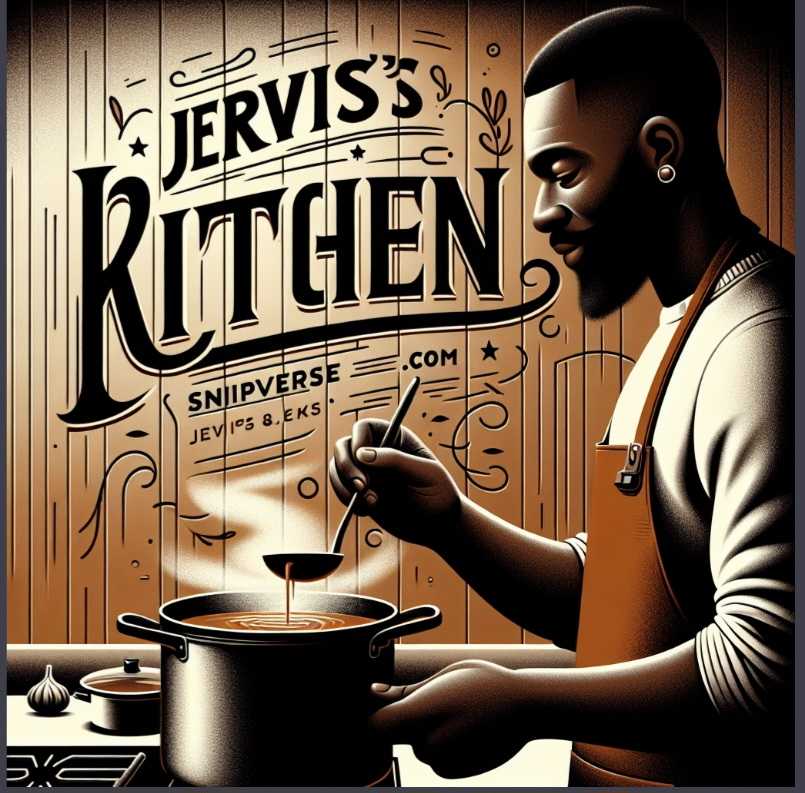History of Soup
The history of soup is as rich and varied as the many cultures that enjoy this beloved dish. Let's take a journey through time to explore how soup has evolved and become a staple in many diets worldwide.
### Ancient Origins
#### Early Beginnings
- 20,000 BCE: Archaeological evidence suggests that humans might have started boiling food as far back as 20,000 years ago. The earliest "soups" were likely simple broths made by boiling water with grains, legumes, and other ingredients.
#### Bronze Age and Mesopotamia
- Bronze Age (3300-1200 BCE): Pottery advancements made it easier to heat and boil liquids, leading to more diverse and complex soups.
- Mesopotamia (ca. 2000 BCE): Records from ancient Mesopotamia indicate the preparation of various soups, using ingredients like meat, legumes, and vegetables.
### Classical Civilizations
#### Ancient Egypt
- 1500 BCE: The ancient Egyptians had a variety of soups and broths, which were staples in their diet, often made with lentils and other legumes.
#### Ancient Greece
- 8th Century BCE: Greeks enjoyed soups made from lentils, beans, and meat. The famous lentil soup called "phake" is still popular today.
- Hippocrates (460-370 BCE), the father of medicine, often recommended barley soup for its health benefits.
#### Ancient Rome
- 1st Century BCE - 4th Century CE: The Romans were fond of thick soups called “puls” made from grains such as barley and farro. "Sopita" and “minestra” were also common, involving more complex combinations of vegetables, meat, and sometimes wine.
### Medieval Europe
#### The Middle Ages
- 5th - 15th Centuries: Soups were a staple in Medieval Europe, known as "pottage" or "potage". These were thick, hearty stews made from whatever ingredients were available — grains, vegetables, and sometimes meat.
- Soups played a significant role in the diet of different social classes. The wealthy enjoyed luxurious broths with a wide variety of ingredients, while the poor subsisted on simpler, more basic versions.
### Renaissance and Early Modern Period
#### Renaissance Europe
- 14th - 17th Centuries: The Renaissance saw the refinement and diversification of soups. French cuisine, in particular, started to emphasize more delicate and clear broths, known as consommés.
#### The Introduction of New World Ingredients
- 16th Century and After: The Columbian Exchange brought new ingredients like tomatoes, potatoes, and corn to Europe, significantly influencing soup recipes.
### 18th and 19th Centuries
#### The Birth of Modern Soups
- French Influence: Soups became more refined, with French chefs creating consommés, broths, and purees. The famous "potage Parmentier" (potato and leek soup) originated from this period.
- Soup Kitchens: The late 18th century saw the rise of soup kitchens as a means to feed the poor and the homeless.
#### Industrial Revolution
- 19th Century: The Industrial Revolution introduced mass production techniques. Canned soups began to appear, notably those by companies like Campbell's, founded in 1869. Campbell's Tomato Soup, introduced in 1897, became a staple in many households.
### 20th Century and Beyond
- Globalization: The 20th century saw an explosion of fusion cuisines, leading to new and innovative soups combining flavors from around the world.
- Health Trends: More recently, there has been a resurgence in homemade and artisanal soups, often focused on health benefits and natural ingredients.
### Notable Soups Around the World
- France: Bouillabaisse, French Onion Soup, Vichyssoise
- China: Hot and Sour Soup, Wonton Soup, Bird's Nest Soup
- Russia and Eastern Europe: Borscht, Shchi
- Japan: Miso Soup, Ramen
- Thailand: Tom Yum, Tom Kha Gai
- Middle East: Harira, Lentil Soup
Soup's flexibility and ability to be customized to local ingredients and tastes have cemented its place in the culinary traditions of virtually every culture around the globe.







Anthony Ogbuefi Nnamani
@akikouwaDelete Comment
Are you sure that you want to delete this comment ?